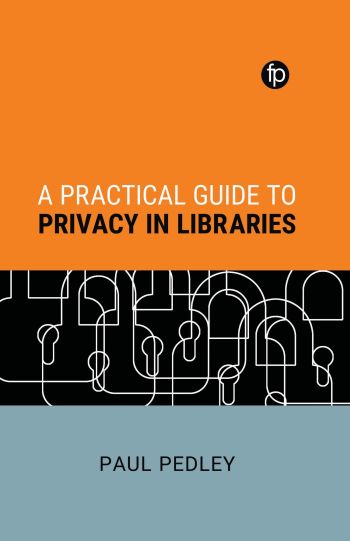
Privacy is a core value of librarianship and yet as a concept it is difficult to define and in practice, a challenge to uphold. This ground breaking new book considers how privacy issues can arise in a library context and what library and information professionals can do to protect the privacy of their users. It features a wide range of practical examples of the issues that can arise in a library context, providing insights and practical steps which readers can follow to ensure they protect the privacy of their users. In-depth case studies and scenarios support the examples laid out in the book, while examples of data breaches which have occurred in a library setting, and the lessons we can learn from them are also included.
The book also covers the main legislation governing data protection - GDPR - which will be particularly relevant to European librarians working in all types of libraries and International librarians offering services to EU citizens. The book then provides a range of tools through which libraries can communicate how they handle the personal data of their users whilst ensuring that they are following best practice with their privacy policy statements, their privacy audits and data protection impact assessments. Privacy is not the same thing as data protection, and the book outlines the differences between these two concepts. Nevertheless, the book has been written with the requirements of data protection law very much in mind.
Written in a highly practical manner, this book is essential reading for library and information professionals who need to understand and support privacy in the library setting and a useful reference for students and researchers in the field who need to understand this topic in practice.